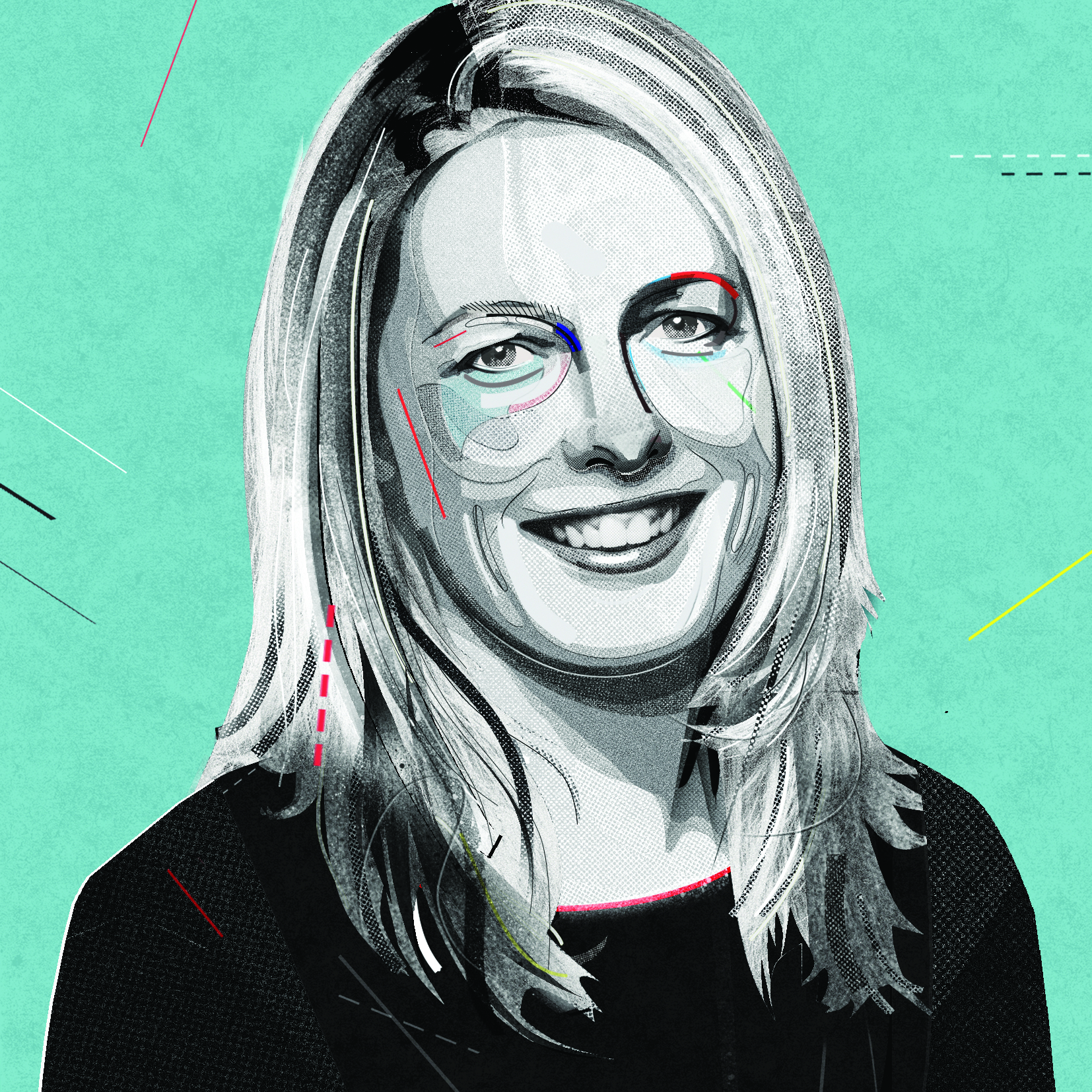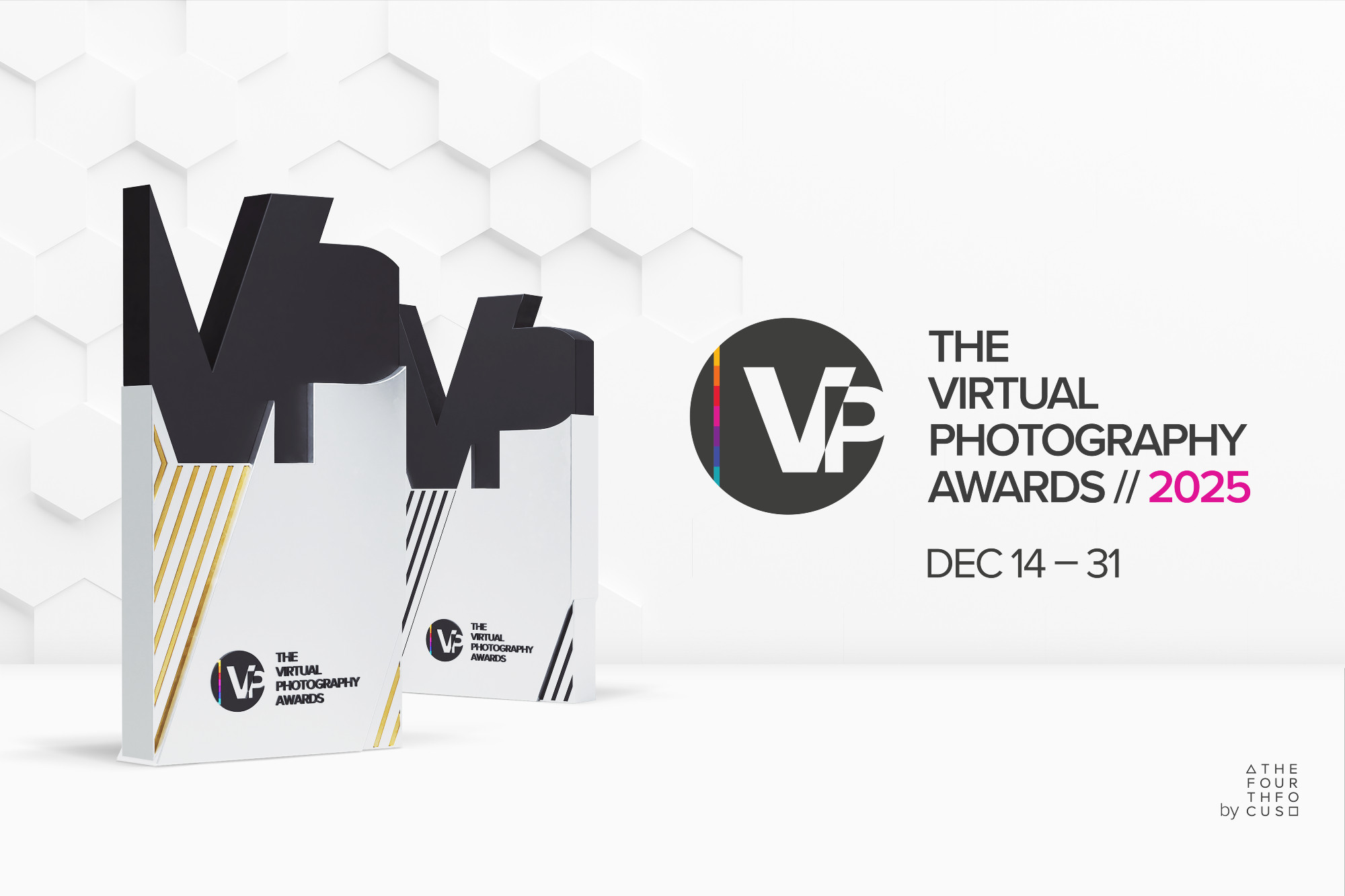Why teaching yourself paper craft could earn you more money
Learn a new skill: Owen Gildersleeve explains how to master the hand-cut world of paper craft.
If you think paper craft has been and gone, you're wrong. There are still increasing numbers of clients who seek the tactile, handmade beauty of paper-cut illustration to communicate their messages to their audiences.
And, of course, there are plenty of non-commercial reasons to venture into the world of paper art too. If – like us – one of your new year resolutions was to get off the computer, or learn a new skill in 2015, then paper-cut illustration is a fantastic way to get the ball rolling.
So how better to get started in paper craft than by talking to London-based illustrator and paper-cut extraordinaire Owen Gildersleeve. Here, he gives his top tips for experimenting in papercraft – and explains why it's now easier than ever to drive forward your design career with some nifty paper-cut skills.
Let's talk commercial need. In a digital world, do clients still want tactile design?
There's been a massive resurgence in clients wanting handmade artwork in the last few years. I think this has maybe been a bit of a backlash to the highly digital work that was very popular five, ten years ago. So it's actually been fairly… I won't say easy, but I find a lot of clients do come to me wanting paper-cut work.

It's something they're very aware of now. It's becoming a more popular medium; in some ways I think a more accepted medium in the illustration and design world – so you're not having to plug away and introduce them to this way of working.
What tips would you give someone looking to start experimenting with papercraft?
I'd recommend to anyone: start now in paper-cutting, just give it a go. Get a scalpel, start cutting and see what happens. You don't want to look too much at other people's work, because nowadays there's a lot of Rob Ryan rip-offs; a lot of people who've seen a paper illustrator they admire and are just trying to recreate that style of work.
That's not going to get them anywhere, because nobody wants a rip-off of someone like that. They want the real thing. It's not exciting. So I suggest just giving it a go, seeing where it takes you and seeing what your style is by experimenting and giving yourself time to work out what your approach to paper-cutting is.
Daily design news, reviews, how-tos and more, as picked by the editors.
How can you get the right art supplies without breaking the bank?
One of the great things about paper-cutting is that paper is very cheap. So actually you can work in this way without having to spend much money. I guess one of the downsides of it is that you do have to photograph your final piece, normally, in order to give it to a client or publish it in a magazine or for an advert.
But until now I've had a very basic set-up – a quite middle-of-the-range digital SLR camera and just photographed using daylight on my desk. It's very basic but it works. I haven't had anyone complain yet! So it is a possible way of working without spending too much money.
Are there any other pitfalls involved in working with papercraft to watch out for?
I guess one downside of working with papercraft is that it does take a long time. It's very labour-intensive. Some deadlines are quite tight and you just have to meet them if you want to work in this way; if you want to do commercial work. But you do just have to keep in mind.
For example, I'll mock up a piece, photograph it and then edit the artwork – that's quite a long process. So it's just a case of trying to work out your process, finding ways of speeding up certain bits so you're not just spending weeks and weeks on every piece that you do.
Do you have any top tips for saving time?
One thing that really saves me time is just creating really detailed mock-ups which are signed off by the client before I begin making. This is really important because it means that as soon as I put scalpel to paper, I'm confident that this final piece is something that they want and they know they are going to get.
The most time-consuming thing is having to go back and re-work artwork, that can set you back weeks sometimes. So just create really detailed mock-ups that everyone is happy with and then create the piece. And actually after that's signed off, the actual artwork creation isn't that long a process.
Check out what else Owen Gildersleeve has to say in Computer Arts' Designer Series Freelance Special, over on the CA YouTube channel. And you can read the full interview inside the digital version of CA's sell-out Freelance Special, issue 236, right here.
Like this? Read these!
- 10 digital art events you shouldn't miss in 2015
- NASA's most beautiful images of space
- Discover the basics of facial anatomy

Julia is editor-in-chief, retail at Future Ltd, where she works in e-commerce across a number of consumer lifestyle brands. A former editor of design website Creative Bloq, she’s also worked on a variety of print titles, and was part of the team that launched consumer tech website TechRadar. She's been writing about art, design and technology for over 15 years.
